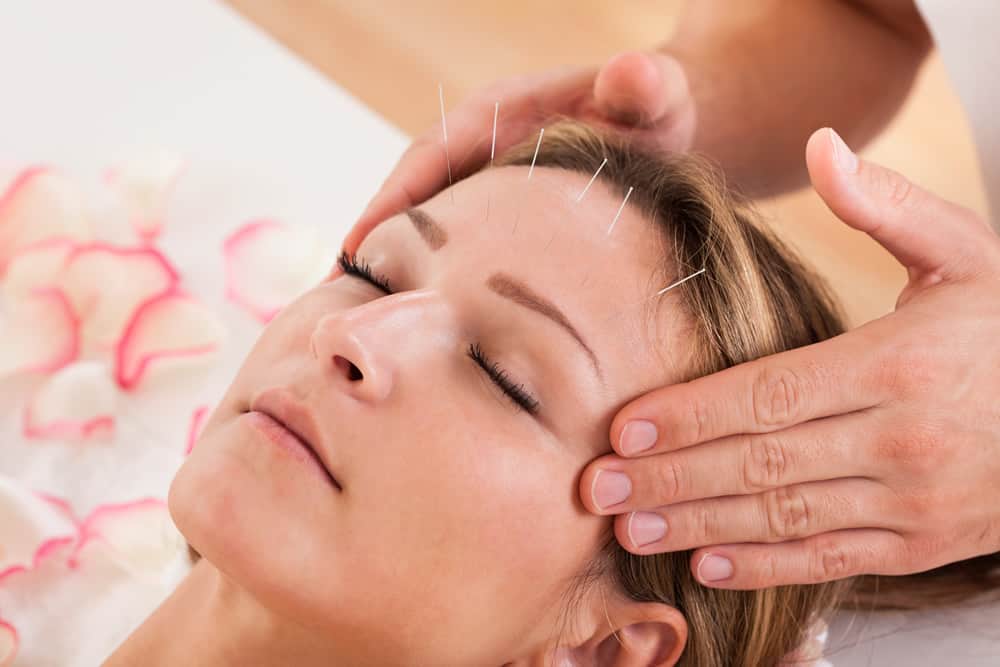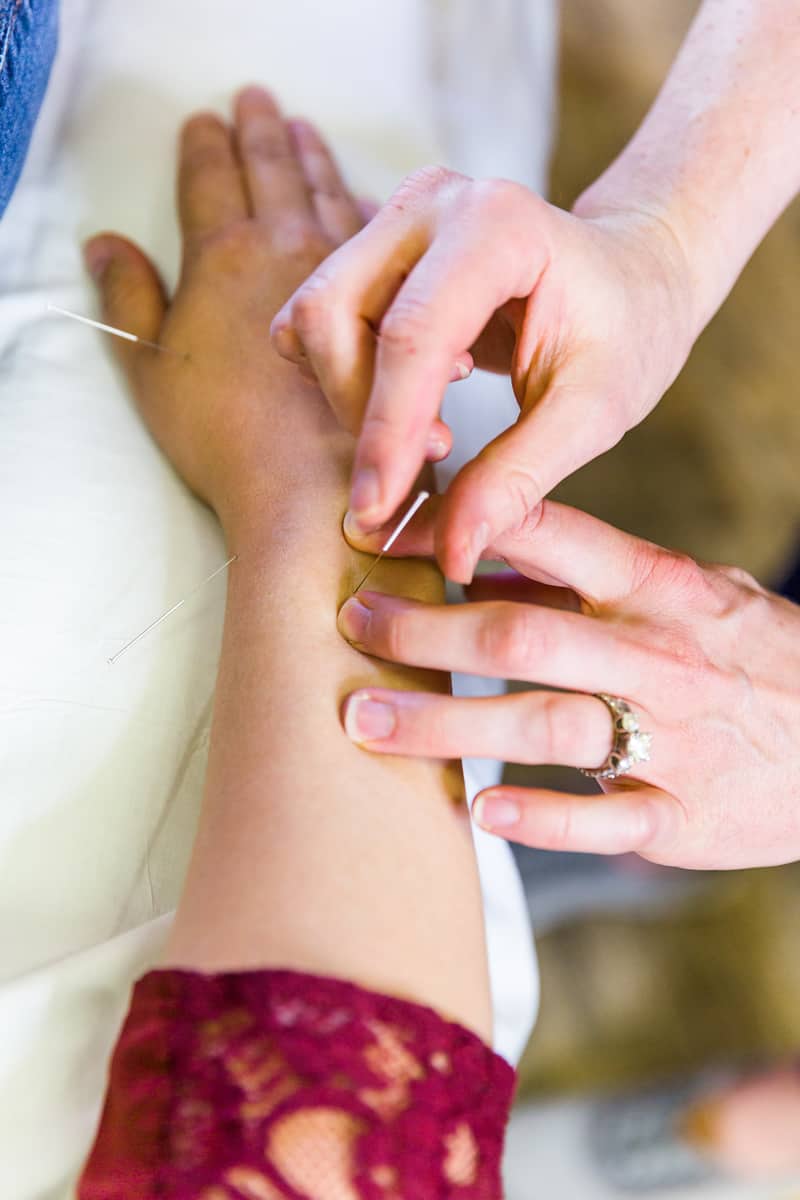Acupuncture
Originating in China more than 3000 years ago, the practice of acupuncture is becoming more widely recognized around the world as a beneficial therapy.


Acupuncture is an ancient treatment where very thin needles are inserted into the skin at certain parts of the body in order to stimulate points that are thought to connect internal organs to the surface of the body. These areas of connection are referred to as “meridians,” with 12 principal meridians, which are thought to connect the limbs to the trunk and head. In ancient tradition, Qi (pronounced chee), or life energy, flows through these meridians. The needles are inserted along these meridians to remedy the imbalance of Qi
How Does Acupuncture Work?
When a needle is inserted into connective tissue and manipulated, the tissue constricts around the needle, which is called “needle grasp.” This coupling of connective tissue with a needle produces a mechanical signal, which can, in turn, create a biochemical signal that leads to several effects, including nervous system pathway activation, gene expression changes, modification of extracellular matrix composition, and protein synthesis. This means that acupuncture has the potential to significantly positively influence the make-up of the cell populations connected to the tissue beneath the skin. By using functional MRIs, researchers have shown that acupuncture impacts the brain’s Limbic system to reduce pain.

